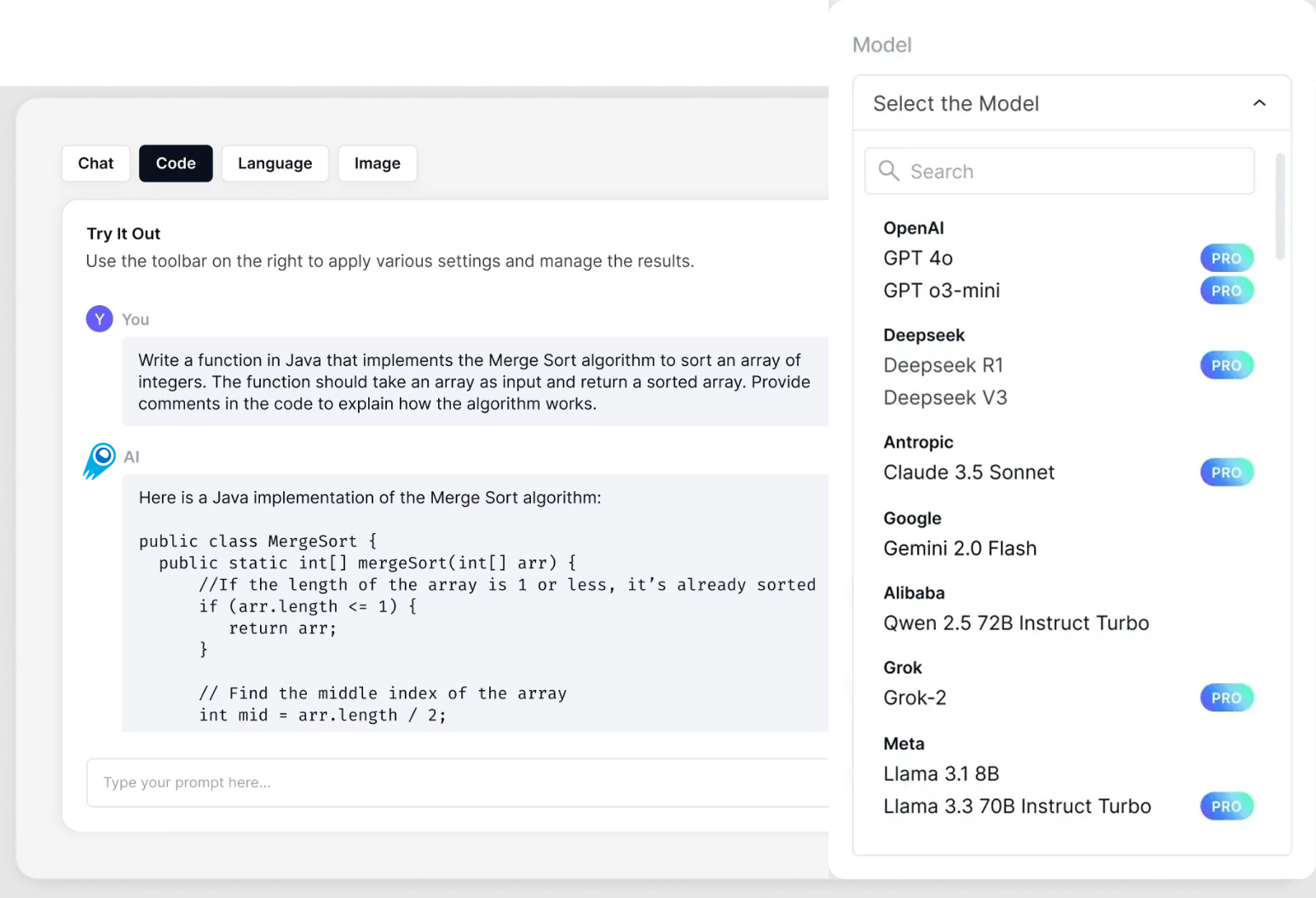Nano Banana 2 (community name; internally often referenced as GEMPIX 2 or the “Gemini 3 Pro Image” family) is the next major iteration of Google’s lightweight, mobile-focused image generation & editing stack . The sequel focus on higher native resolution (2K → 4K upscaling), materially improved prompt adherence and text-in-image handling, stronger scene/physical reasoning (transparent/refractive surfaces, layered compositions), and a multi-stage/iterative generation workflow so the model can plan and self-correct across passes.
Basic features
- Text → Image: full prompt-driven generation with strong prompt adherence.
- Image → Image (edits): fine, targeted edits with maintained subject/character consistency across multiple edits.
- Multi-image fusion: combining multiple reference images into one coherent composite.
- Higher native resolution + upscaling: previews show 2K native outputs with optional 4K upscaling.
- Iterative planning & self-correction: an internal “multi-stage” pipeline that detects and corrects common visual mistakes (perspective, text, fine geometry).
Technical details & architecture
- Lineage / backbone: Nano Banana 2 be built on Google’s evolving Gemini image stack — specifically the new Gemini 3 Pro Image / GEMPIX 2 architecture (a higher-capacity multimodal image+text framework). That is an evolution from Gemini 2.5 Flash Image (the original “nano-banana”) into a natively multimodal image model with expanded vision-language reasoning capabilities.
- Model behavior: native multimodality (image + text + world knowledge), explicit pipelines for multi-image fusion, and an internal staged planner that refines outputs over multiple passes rather than producing a single static sample. Early reports indicate stronger geometric/optical reasoning (glass, refraction) versus prior versions.
Benchmark performance
Short summary: public/early benchmarks so far are mostly qualitative / community-driven, but consistently report substantial improvements in resolution, artifact reduction, and physical fidelity versus the original nano-banana (Gemini 2.5 Flash Image). Specific named “challenges” have shown clear visual gains, but there are not yet (public) standardized numeric benchmark tables from Google comparing v1 → v2 across standard image-generation metrics.
- Qualitative community tests: Cleaner edges, sharper micro-details, truer colors, and more faithful prompt adherence (fewer hallucinated props, more consistent characters). Popular informal tests include the so-called “Wine Glass Test” and “Glass Burger Challenge”, where GEMPIX2 (Nano Banana 2) handles transparency and refraction markedly better than earlier builds.
- Text handling: Nano Banana 2 shows visibly improved typography and text placement inside images (a persistent weakness for many image models). Community comparisons indicate fewer garbled rendered glyphs.
- Throughput / UX: faster iteration speed and a UX that performs multi-stage refinement on the back end so users see more reliable first-pass results (reducing manual re-rolls).
Limitations & risks
- Content filters & detection: Platforms integrating the model (e.g., Whisk/third-party apps) may enable strict celebrity or likeness detection and block certain outputs, which affects creative workflows that rely on realistic celebrity likenesses.
- Hallucination / reasoning edge cases: while improved, the model can still produce physically unrealistic artifacts, especially with dense symbolic text inside images or highly technical diagrams — though NB2 appears to reduce these errors versus earlier versions.
- Safety & misuse: generative image models can be used to create problematic or harmful content. Google applies constraints, content filters, and the SynthID watermark to help with provenance; nevertheless, misuse has occurred (high-profile controversy tied to a Nano Banana generated image in a politically sensitive setting).
How Nano Banana 2 stacks up vs other models
- Nano Banana 2 (GEMPIX 2 / Gemini 3 Pro Image) — strong mobile integration, multi-image fusion, iterative self-correction, 2K native/4K upscaling, tightly integrated into Google apps (Search, Photos, Workspace/Gemini). Best for workflows that need reliable edits, continuity, and integration with Google services.
- Midjourney — excels at stylized artistic outputs and community-driven prompt engineering; not typically targeted at photo-accurate multi-image fusion or deep multimodal editing pipelines.
- Stable Diffusion / open weights — fully open, highly customizable, and hostable locally; ecosystem of checkpoints and fine-tuning is a decisive advantage for research and offline usage. Less “one-click” mobile integration and less consistent multi-image editing coherence out-of-the-box than Nano Banana 2.
- Seedream 4.0 (ByteDance) — recently positioned explicitly as a Nano Banana competitor, emphasizing ultra-fast rendering, 2K output, and support for many reference images (up to six). Positioned as a pro/creator alternative.
(These comparisons are high level; pick a winner by matching the tool to your workflow: openness/customizability → Stable Diffusion; stylized art → Midjourney; integrated, consistent mobile editing with aggressive iteration → Nano Banana 2 / Gemini 3 Pro image family.)
Real-world use cases
- Mobile photo editing & creative filters (Google Photos integrations — restyling, background fusion, portrait recomposition).
- Marketing & ad assets — fast concept generation, consistent brand characters across multiple frames/angles.
- Concept art & storyboarding — multi-image fusion helps keep character continuity across panels.
- E-commerce / product mockups — generate consistent product shots in different contexts/lighting conditions.
- Rapid prototyping for AR/VR assets — high quality 2K/4K outputs that can be upscaled for immersive uses.
How to call Nano Banana API from CometAPI (Example: Nano Banana 2 is not yet online:)
Nano Banana API Pricing in CometAPI,20% off the official price:
Required Steps
- Log in to cometapi.com. If you are not our user yet, please register first
- Get the access credential API key of the interface. Click “Add Token” at the API token in the personal center, get the token key: sk-xxxxx and submit.
- Get the url of this site: https://api.cometapi.com/
Use Method
- Select the “
Gemini-2.5 Flash-Image - Replace <YOUR_API_KEY> with your actual CometAPI key from your account.
- Insert your question or request into the content field—this is what the model will respond to.
- . Process the API response to get the generated answer.


